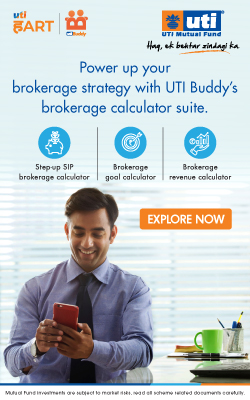Listen to this article
Familiarity bias is the tendency of investors to favor selected schemes, companies, industries or financial instruments they are familiar with, often at the expense of diversification and potentially higher returns elsewhere. Theis bias leads investor to allocate a disproportionate part of their portfolio to well-known stocks, neglecting unfamiliar yet potentially lucrative opportunities.
Cafemutual spoke to industry experts to understand how to overcome the familiarity bias.
Amit Trivedi of Osat Knowledge
I am of the opinion that before anything MFD must have a strong conviction about the products which they prefer for their clients. They should do proper research about the strengths of the chosen products. Secondly, one must remember not to pull away the client from their choice; rather be very slow in making them see other potential assets or schemes of your choice. I would suggest that you should not right away reject the client’s preference; rather diversify their portfolio by adding choices of both - the client’s and yours. Let them see the results with your preferred choice and then slowly increase the allocation to their overall portfolio.
Shalab Gupta Bibhab, Bibhab Capital, Agra, Uttar Pradesh
I believe that MFDs should use data to counter the familiarity bias amongst clients. MFDs should keep presenting the supporting points in a crisp format. Secondly, I feel one should ask and understand the reasoning behind the investor’s bias and then try to reason it with counter data backed responses.
Trinath Lenka from Wallet Finserv, Bhubneshwar
If your client just prefers something he is familiar with, then it is important to show them the merits of those other funds, asset classes and schemes. One of the ways you can do so is by systematically aligning the funds with client’s goals and needs and back this up with proper logic and data.
Viral Bhatt of Money Mantra, Mumbai
I think the advisor should set an example by investing in the product or scheme which they believe in and want to recommend the clients. This way the clients will be able to trust them more and it will also give the advisor more conviction while pitching their opinion in front of the clients.
In conclusion we can see that familiarity bias can be tackled by encouraging MFD to do diversification and introduce the preferred fund in their portfolio slowly and let them see the outcome themselves. Secondly, remember to listen to your client and understand their rationale and counter their opinion with appropriate data and crisp presentation to convince the client to consider other schemes also.
Thirdly, align the preferred schemes with the goals and needs and lastly, set an example by investing in the preferred fund yourself. This will help them trust you more.









